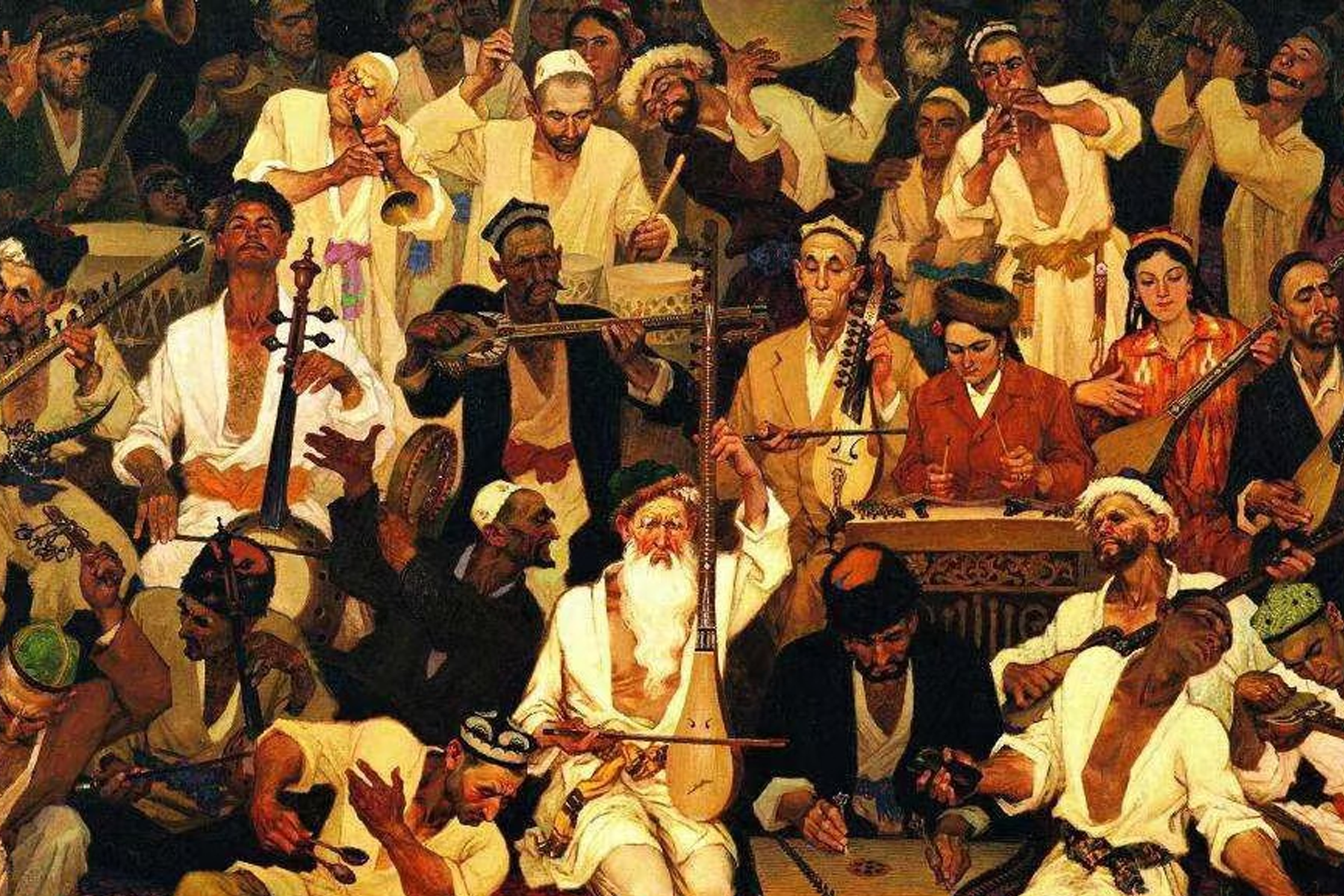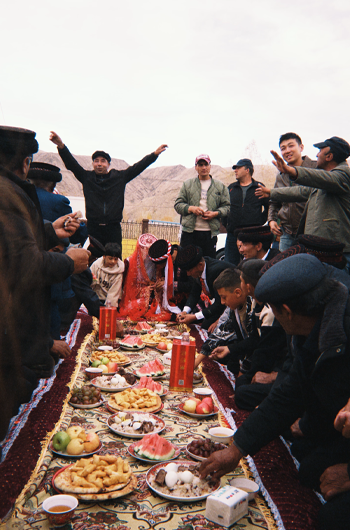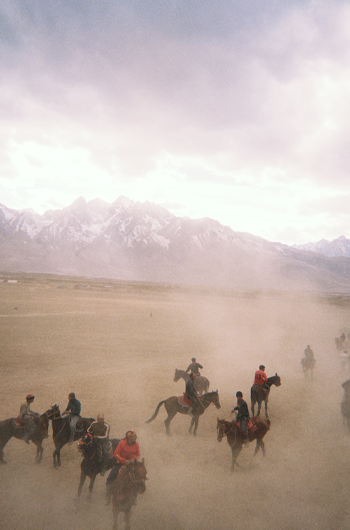Exploring Uyghur Culture in Xinjiang: History, Traditions, and Heritage
2025-09-08
Xinjiang Uyghur Autonomous Region, located in northwest China, is a cultural jewel where the hardworking and wise Uyghur people have lived for centuries. With a rich history and unique traditions, Uyghur culture has long attracted the world’s attention. This blog will take you on a journey through Uyghur history, customs, and modern life, offering a deeper understanding of this beautiful community.

⸻
1. History and Cultural Origins of the Uyghurs
The Uyghurs trace their ancestry back to the ancient Huihe people, who established the Uyghur Khaganate in the 8th century. Over time, they evolved into today’s Uyghur ethnic group. Deeply influenced by the Silk Road, Uyghur culture blends elements of Chinese, Persian, and Arabic civilizations, forming a distinctive cultural identity.
The Uyghur language belongs to the Turkic language family and is written with the Arabic script. The Uyghur people are celebrated for their music and dance, vibrant with passion and energy. Their masterpiece, the Twelve Muqam, is regarded as the crown jewel of Uyghur music and has been recognized by UNESCO as part of the world’s Intangible Cultural Heritage.
⸻
2. Traditional Customs and Practices
Uyghur customs are colorful and diverse, reflecting a deep respect for tradition and a joyful approach to life. Some highlights include:
Festivals
The most important festivals are Kurban Festival (Eid al-Adha) and Rozi Festival (Eid al-Fitr). On Kurban Festival, families sacrifice animals, visit relatives, and share meals. Rozi Festival marks the end of Ramadan, when people dress in their finest clothes, exchange blessings, and celebrate with music and dance.
Weddings
Uyghur weddings are lively and grand. Before the ceremony, the groom’s family presents gifts to the bride’s family. On the wedding day, relatives and friends gather to sing, dance, and celebrate the union. Brides wear beautifully embroidered traditional dresses, while grooms don flower-embroidered caps, creating a festive and joyous atmosphere.

Cuisine
Uyghur cuisine is famous for its bold flavors, with rice and lamb as staples. Signature dishes include Polo (pilaf), Kawap (kebabs), and Samsa (baked buns). Polo, made with rice, lamb, and carrots, is fragrant and hearty. Samsa features crispy pastry with savory fillings, while lamb skewers grilled over open flames are a beloved street food favorite.
Traditional Dress
Uyghur clothing is known for its bright colors and delicate embroidery. Women often wear long dresses paired with embroidered caps and jewelry, while men commonly wear long robes with four-cornered caps. These garments embody both aesthetic beauty and cultural identity.
⸻
3. Human Spirit and Modern Life
The Uyghur people are known for their hospitality, diligence, and courage. They value family bonds, community ties, and the spirit of mutual support.
In today’s society, Uyghurs continue to honor their traditions while embracing modern life. Many young Uyghurs pursue education, technology, and entrepreneurship, contributing to the prosperity of their hometowns. At the same time, significant progress has been made in education, healthcare, and infrastructure in Uyghur regions.
Efforts are also made to preserve and promote Uyghur culture. Language, arts, and customs remain essential parts of daily life, ensuring that this heritage is carried forward to future generations.
⸻

4. Conclusion
The Uyghurs are a people of remarkable charm, with a history, culture, and spirit that deserve global recognition and respect. Through this blog, we hope you have gained a deeper appreciation of their traditions, artistry, and way of life.
If you ever visit Xinjiang, don’t miss the opportunity to experience Uyghur culture firsthand—taste the food, enjoy the music and dance, and connect with the people. It will be a journey you will never forget.

 USD
USD









